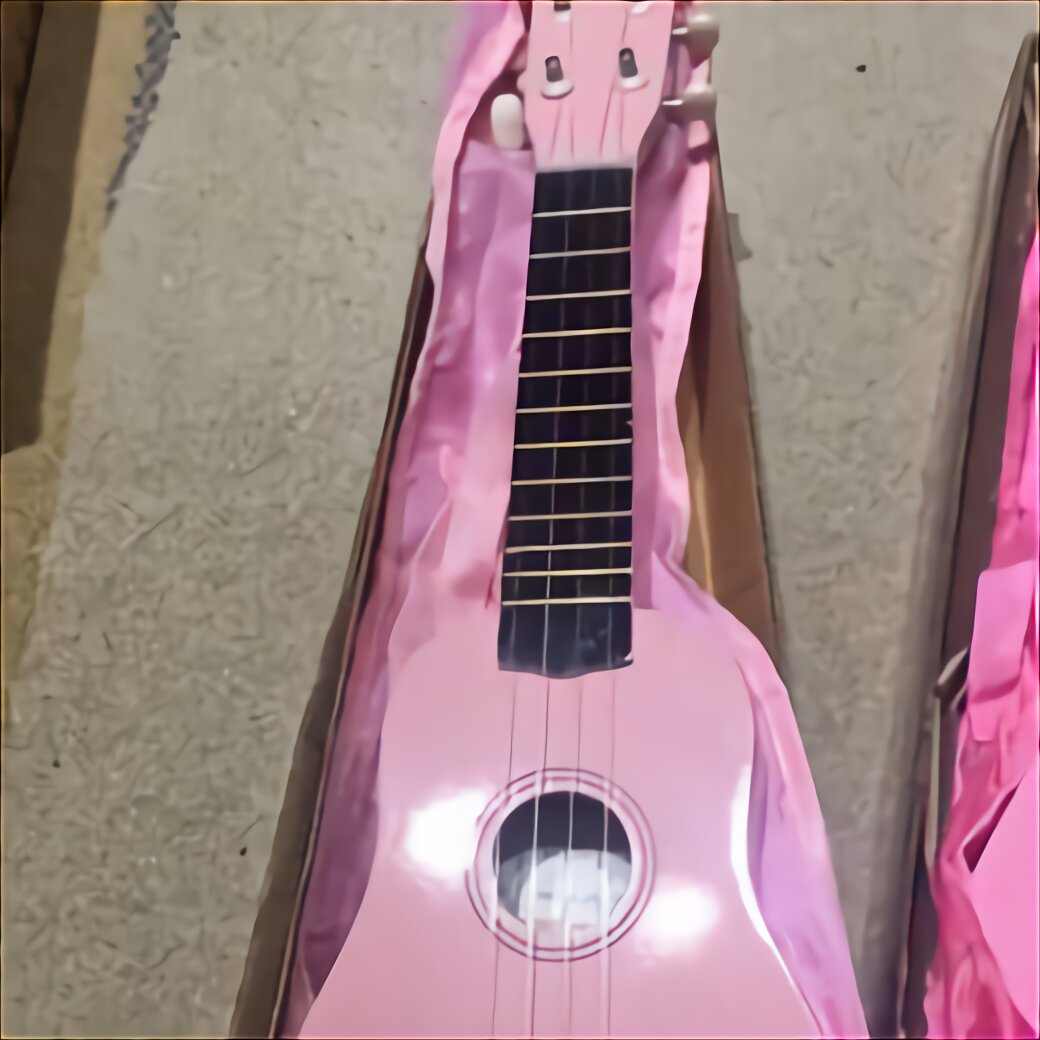Ukulele Chord Changes - How Include Them As Smooth
Ukulele Chord Changes - How Include Them As Smooth
Blog Article

The ukulele is a very interesting and beautiful instrument. It comes in a variety of shapes and sizes. The typical ukulele most people think of is the four string, tenor ukulele. It is tuned GCEA.
Play slow, very slow. Imagine you're a snail and the strings are the road and play it as slow as you can. You will get the correct rhythm, you won't make mistakes that later on would be very difficult to address and try to increase the speed gradually over time, even if Ukulele for sale in uk now it doesn't sound very good.
The first benefit of learning ukulele is its size. Many small children struggle with larger instruments such as guitar. While guitars can be purchased in sizes as small as a quarter of the size of a regular-sized guitar, they are often still too big for kids who are 5-10 years old. Ukulele, on the other hand, is small enough to be handled easily by someone in this age range. The body of the instrument is small and easy to hold. The neck is also thin with narrow frets, which makes it easy to play basic chords.
In order to play the notes with minimal movement of the left hand I suggest that you play the notes on the first fret with your left hand index finger, the notes on the second fret with your middle finger and so on.
Continue to read those vows over and over again. Jake learned how to play View details his Ukulele by playing it over and over and over again until he knew what it could do so well that he no longer had to think about it.
Why is it so easy to play? Well because of the way it is tuned Ukulele for sale you usually have to hold down one or two strings and strum and you have music. But even better is you can just fiddle with it and make pleasing music, and no more intermittent screeches or dribbles.
You don't have to spend a fortune on a ukulele, but it is worth spending a little more than the very cheapest models. Fifty to a hundred dollars will get you a ukulele that should stay in tune and not have too many intonation problems.
This means that the first string is tuned to an A, the second string to an E, the third string to C and the fourth string to G. All of these notes are on the middle octave of a piano if you happen to have one around. Report this page